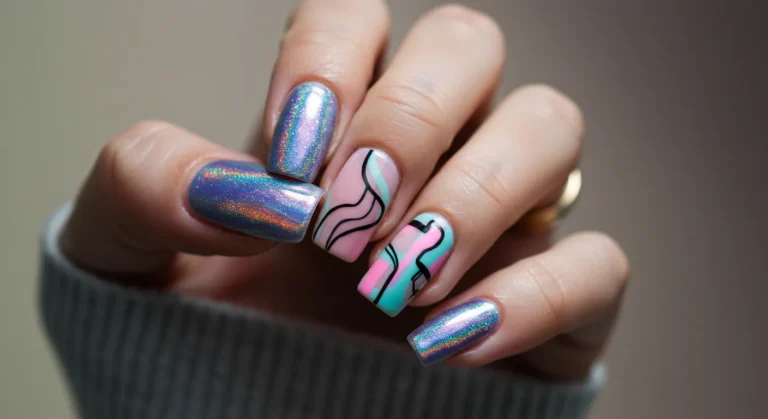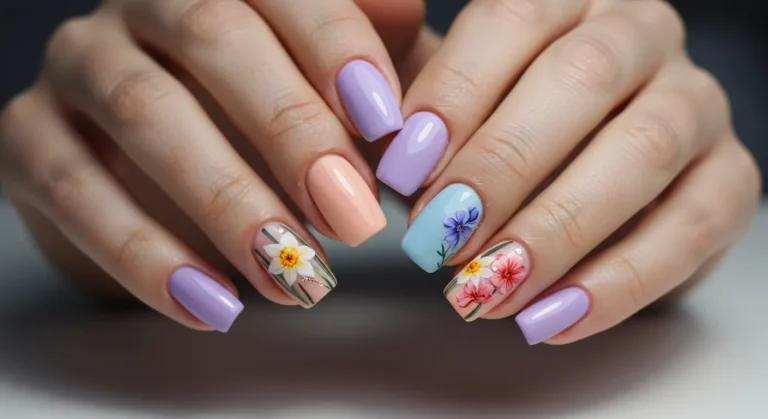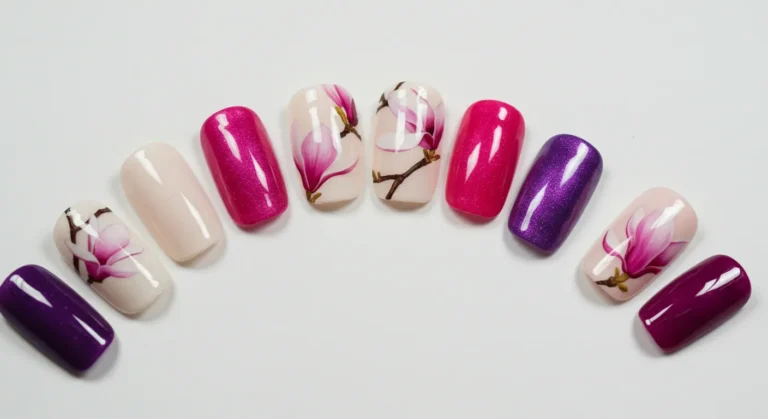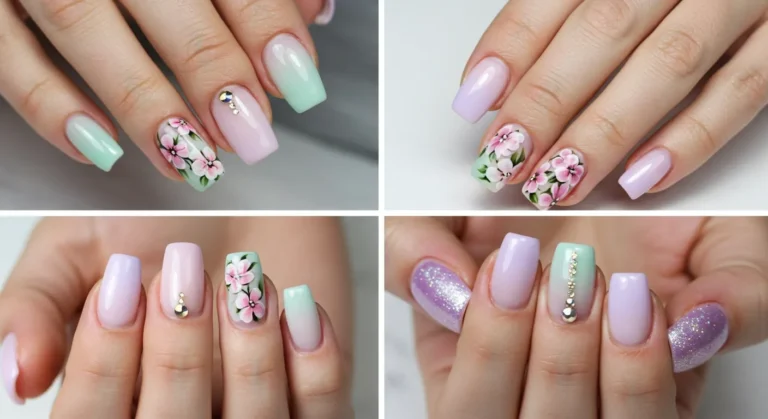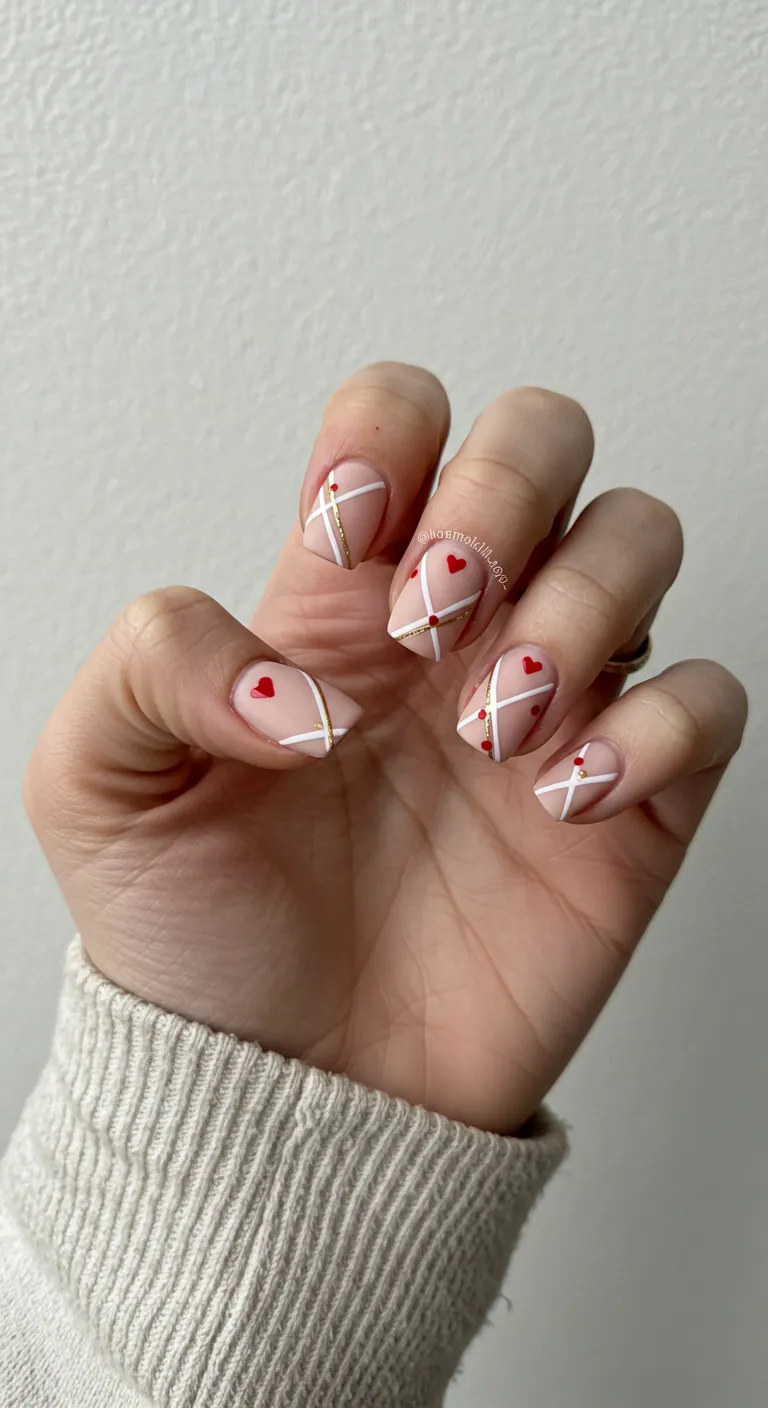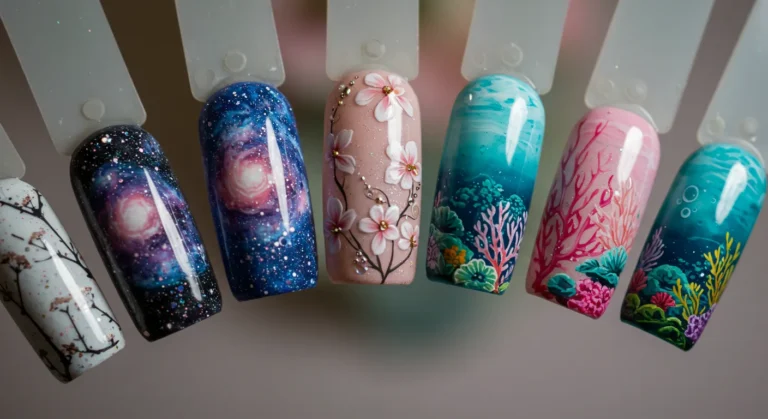Essential 101 Guide to Nail Glue: Types, Uses, and Easy Removal
Understanding Nail Glue: Types and Their Applications
Nail glue is an essential component in the beauty and cosmetics industry, serving various functions such as adhering artificial nails, performing repairs, and enabling nail art. There are several types of nail glue on the market, each formulated to meet specific needs, with notable brands like Kiss nail glue offering quality options for consumers. Understanding the differences among these glues can help users select the most suitable product for their requirements.
One of the most common types of nail glue is cyanoacrylate-based glue, known for its quick bonding capabilities. This type is often marketed under reputable brands, such as Kiss nail glue, which is favored for its strong hold and fast drying time. Cyanoacrylate nail glue is ideal for attaching artificial nails or making urgent repairs due to its exceptional durability. However, it is essential to note that while this type of glue provides a strong bond, it can be challenging to remove and might cause damage if proper care is not taken.
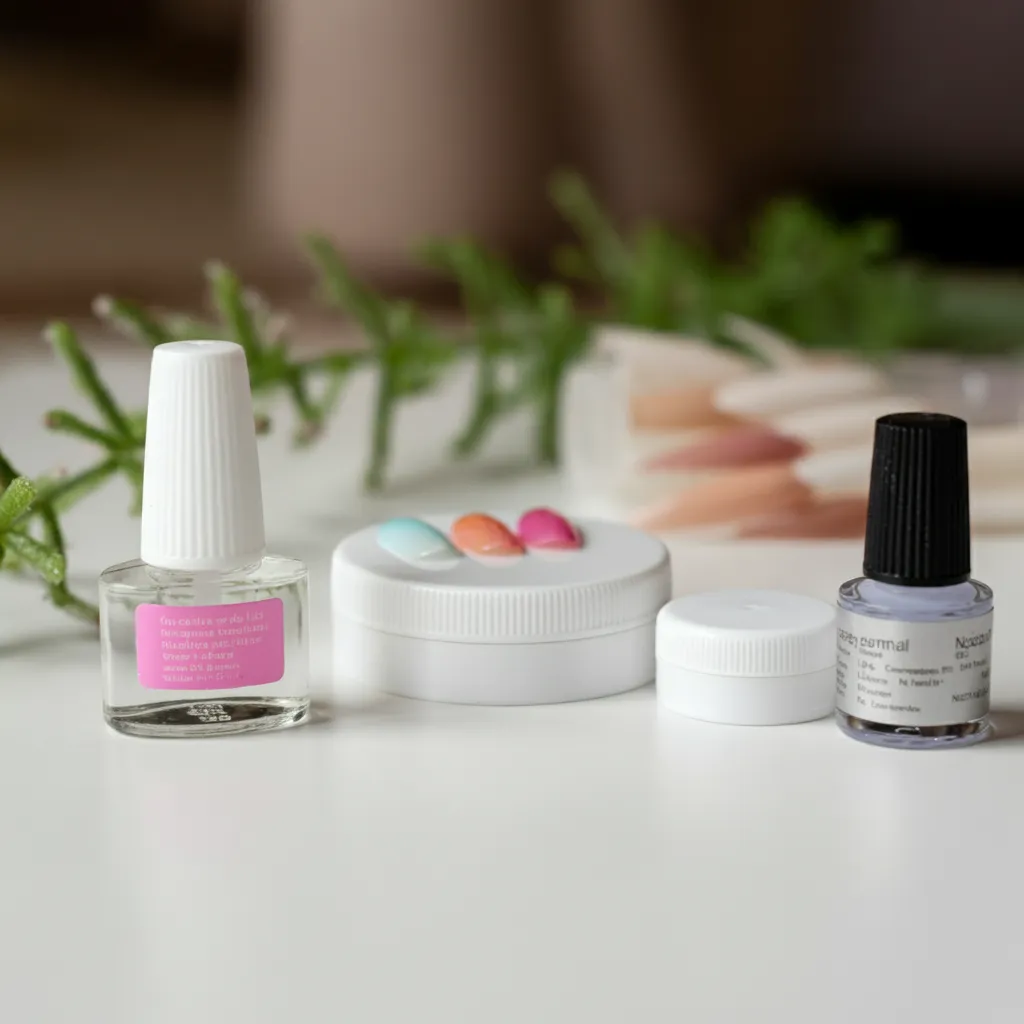
Another popular option is gel nail glue, which offers a more flexible and less harsh alternative. Gel nail glue is typically used in conjunction with UV light for curing, making it an excellent choice for nail art and enhancements. This type has the advantage of longer working times, allowing for more intricate designs and adjustments before setting. However, it may not have the same level of instant strength as cyanoacrylate options.
When choosing the right nail glue, one should consider factors such as intended use, drying time, and durability. Each type has its advantages and disadvantages, and understanding these factors allows consumers to select a product that best suits their needs, whether it be for routine maintenance, artistic expressions, or emergency repairs.
Step-by-Step Guide to Using Nail Glue Effectively
Nail glue is an essential product for both professionals and DIY enthusiasts who wish to apply artificial nails or repair damaged ones. To ensure a successful application, it is crucial to follow a systematic process that maximizes the effectiveness of the glue while minimizing potential risks.
Begin by preparing your natural nails. Gently remove any old nail polish and ensure that your nails are clean and dry. It is advisable to use a nail file to lightly buff the surface of the natural nail; this helps the glue adhere better. Next, push back the cuticles carefully to create a clean workspace.
Once your nails are prepared, it is time to apply the nail glue. If you are using artificial nails, apply a small amount of glue to the adhesive side of the nail. For nail repairs, apply the glue directly to the damaged area of the nail. Take care not to use excessive glue, as this can lead to messy results. Instead, a drop or two is sufficient. When applying the artificial nail, press it gently against your natural nail, ensuring alignment. Hold it in place for a few seconds, allowing the glue to bond effectively.
Safety is paramount during this process. To prevent skin irritation, consider using a barrier cream around your nails and wear gloves if necessary. If nail glue comes into contact with the skin, clean it swiftly with acetone-free remover. This precaution is particularly important for beginners who may be less experienced in handling such products.
After adhesion is complete, avoid exposing your nails to water or harsh chemicals for at least 24 hours to allow the glue to cure fully. For optimal results, maintain a regular nail care routine, promoting overall nail health. With these best practices, you can achieve a professional look right in the comfort of your home.
Nail Glue Removal: Best Practices and Tips
Removing nail glue effectively is essential to ensure the health of your natural nails. Various methods exist, each with its own set of benefits and precautions. The most common and widely recommended method for nail glue removal is the use of a dedicated nail glue remover, which is specifically formulated to dissolve glue without causing harm to the nails.
To begin, gather the necessary supplies, including nail glue remover, cotton balls or pads, and a small bowl. Soak a cotton ball in the nail glue remover and place it directly on the affected area of the nail. Wrap the area with aluminum foil to enhance the effectiveness of the remover. Allow it to sit for at least 10-15 minutes to let the solution penetrate and break down the adhesive.
If you do not have access to nail glue remover, acetone is a viable alternative. Pour a small amount of acetone into a bowl and soak your fingertips in it for approximately 10 minutes. Afterward, gently scrape off the softened glue with a wooden stick or your fingernail, taking care not to damage the natural nail. Ensure proper ventilation when working with acetone, as its fumes can be strong.
For those seeking gentler methods, warm, soapy water can provide a less abrasive approach. Soak your fingers in warm, soapy water for 10-15 minutes, then try gently rubbing the glue off with a cloth. However, this method may be less effective for tougher adhesives.
Once the nail glue has been removed, it is crucial to care for the nails. Apply a nourishing cuticle oil to restore hydration and promote healing. Regularly moisturizing the nails and cuticles will help maintain their strength and appearance, especially after using strong chemicals.
Ultimately, choosing the right method for nail glue removal and following these best practices ensures that your nails remain healthy and resilient.
Common Issues and Solutions When Using Nail Glue
Nail glue is a popular choice for affixing artificial nails or reinforcing natural nails. However, users may encounter several common issues while using nail glue. Understanding these problems and their potential solutions can greatly enhance the nail application experience, whether done at home or in a salon setting.
One frequent challenge is inadequate bonding of the nail glue. This issue may stem from insufficient surface cleaning prior to application. To ensure optimal adherence, it’s essential to clean both the natural nail and the artificial nail with alcohol or nail polish remover before applying the glue. In cases where the glue does not bond despite proper preparation, it could be due to the glue being expired or improperly stored. Always check for expiration dates and store nail glue in a cool, dry place to maintain its effectiveness.
Another common problem is glue overspill, which can occur during application. This typically happens when too much glue is applied or when the applicator tip is positioned incorrectly. To prevent this issue, users should carefully apply a small amount of glue and consider using a precision applicator to control the flow better. In the event of glue overspill, it’s advisable to clean the excess with a cotton swab dipped in acetone or nail polish remover. Prompt action can prevent damage to surrounding skin and surfaces.
Some users may experience discomfort or irritation during or after the application of nail glue. This can be attributed to an allergic reaction to certain adhesives or improper application technique. To minimize discomfort, always perform a patch test before extensive use of a new nail glue product. Moreover, if irritation persists, it is crucial to remove the nail product carefully and allow the skin to recover fully before reapplying any glue.


